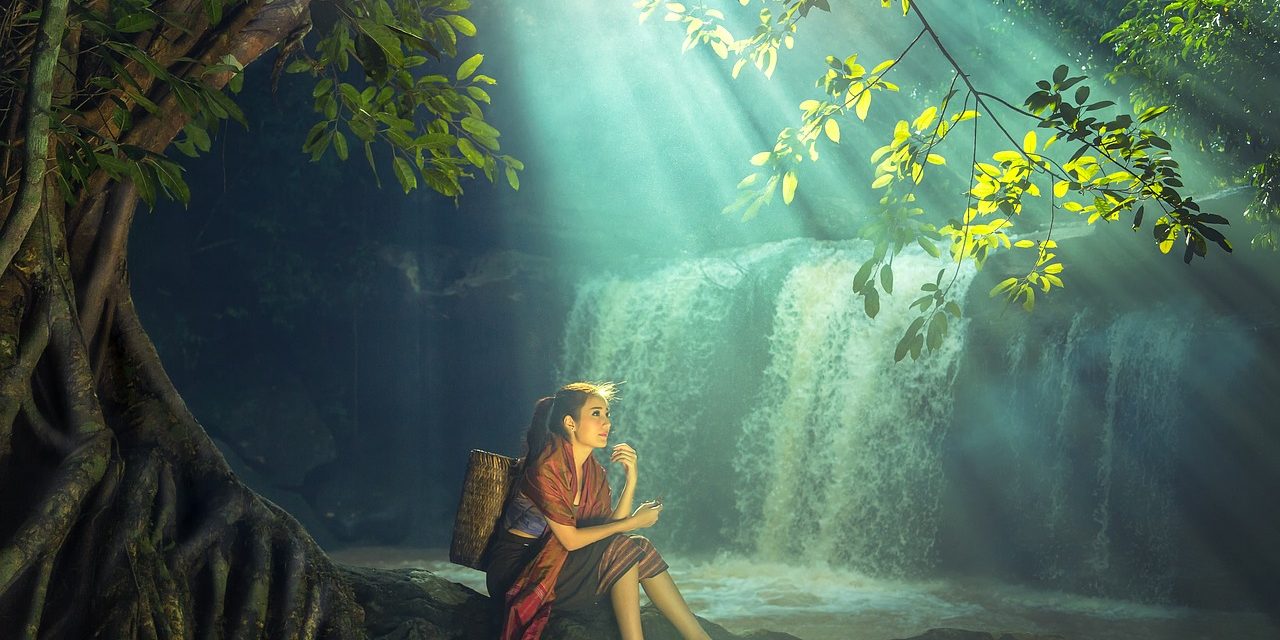Every child is different. We often repeat this, but does something result from it? Every child is different, and yet we all try to teach the same thing, at the same time and in the same way. Each child is different, and yet we all undergo the same tests, in addition giving everyone the same amount of time to solve their tasks.
It seems that although we feel the truth of this sentence, we are not aware of its meaning. And if we are thinking about good education, we should know how far this diversity goes and what impact it has on each child’s development and on their daily activities. We should understand this before we start to ‘pull’ children to normal. Marek Kaczmarzyk writes about it in his latest book Unikat. A biology of uniqueness published by Wydawnictwo Literatura.
What is a “standard”?
Everyone is different. Everybody. And among the several billion people in the world, none are the perfect role models. Such a pattern has never existed. What we take as a standard is only the result of statistics – we have assumed that if any characteristic or behaviour occurs in the majority of cases, it is approx. Such a statistical picture of reality can be very useful – it helps to plan, to design, to become a point of reference. It is dangerous when we go a step further and recognise that only what is within the norm is good. And even further, that we should all strive for the norm. Children who do not live up to the norm are a problem, a cause for concern. This is a very serious mistake that we are making in education and upbringing. Why? Let’s think for a moment: if by some miracle the whole of mankind fulfilled the requirement of the norm, we would all be very similar to each other, there would be no outstanding individuals and probably the development of our civilization would slow down very much, but what’s more and what Marek Kaczmarzyk points out – the condition, when we all were in the middle would be a threat to the survival of our species! We therefore need diversity just as much as the norm, although each of them meets completely different needs of our society.
Why do we need diversity?
We love norms and ideals because they give us a sense of influence and control over our lives, over reality. But our pursuit of the ideal from the point of view of biology and evolution is absurd. Anyway, from many other points of view also. Absurd and harmful. The environment in which we live changes, our requirements change, and our survival and the values we strive for – comfort of life, happiness, health, fulfilment – depend on our ability to find our way in the environment.
The ideal we create and to which we try to adapt our children is an abstract creation, based on our past experience and statistics.
However, the future cannot be predicted. What we know for sure is that it will be different from the present and the past. And what is more, what Marek Kaczmarzyk emphasizes, is that it is our diversity that will ensure our safety. It is very likely that in a changing environment, some of us will not be able to meet some of the challenges, but others will. And since we are a social species and learn from each other, those who can do better will develop solutions for the rest.
If we were all the same, we would have nothing to offer one another, and yet mutual exchange, our complementarity, is the basis of social relations.
How different are we?
Very. Each of us is a unique set of genes. Plus a unique history of environmental influences. There are also a few more aspects about which Marek Kaczmarzyk writes in Unikata. We perceive the world differently, we perceive stimuli differently and we react differently to them. What is more, each of us reacts a little differently to the same stimulus, because each time we are different, richer in previous reactions and the nervous connections shaped by them.
“Already at the level of photoreceptive cells in the human population, there is considerable variation in the range and possibilities of receiving light stimuli. Two people standing side by side can perceive the image of the same object in different ways, already at the stage of the first reactions of the photoreceptors”.
Even monozygotic twins, although they have identical genes, are surprisingly different. Why? This is what the Unique is all about. No, not about our neighbors, but about how our diversity is shaped, where it comes from, and why. The more we understand the origins, causes and meaning of our diversity, the better we will be able to support children in their development. Thanks to this, children will also grow into happier adults, and how society has a chance to use the much greater potential inherent in the individual.
Diversity in the education and upbringing of children
Take reading and dyslexia, for example. Literacy is key to modern education. Marek Kaczmarzyk writes: It turns out that as many as 80% of children with learning difficulties have reading difficulties. Symbol
what we should know to find a balance between individuality and education in the group











